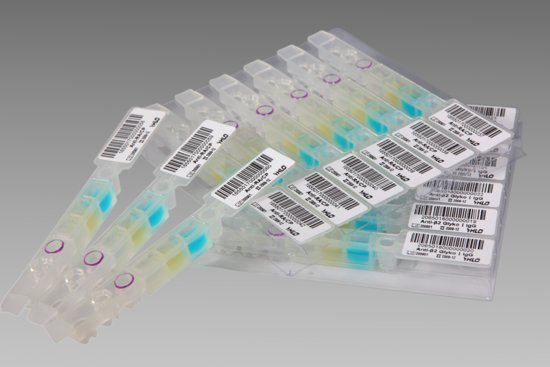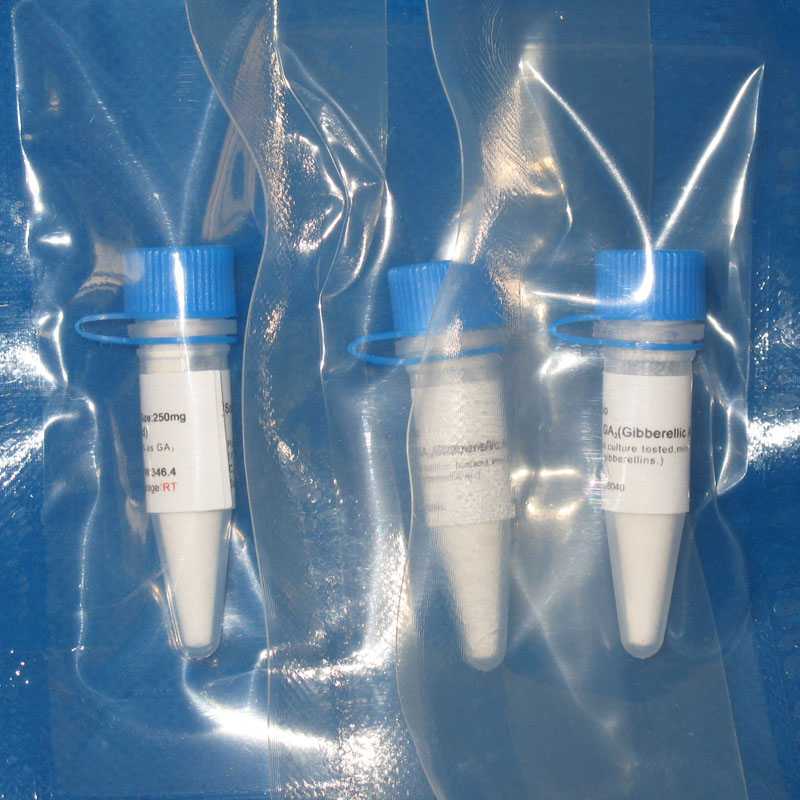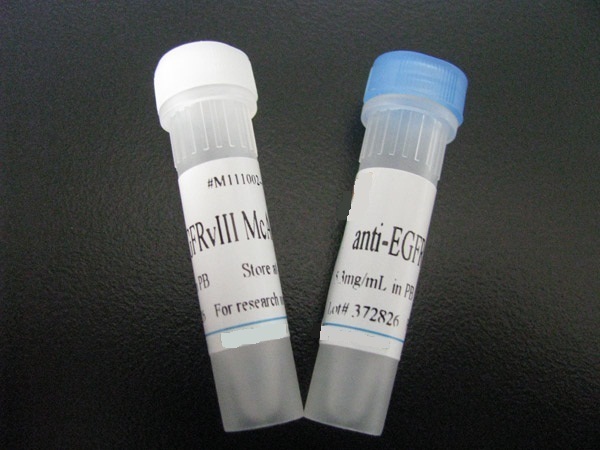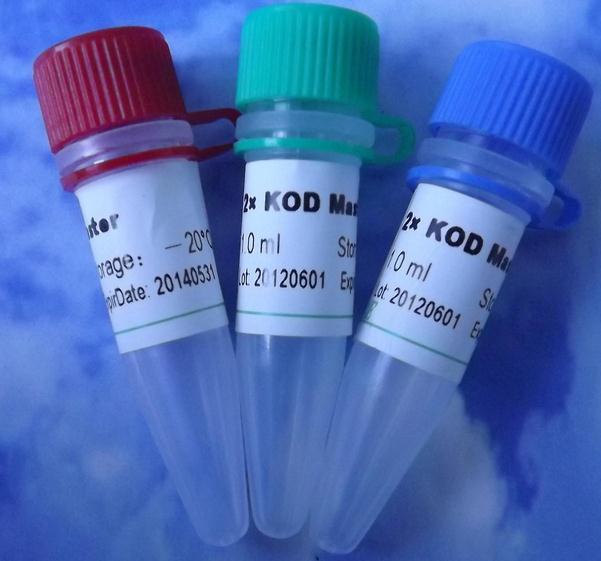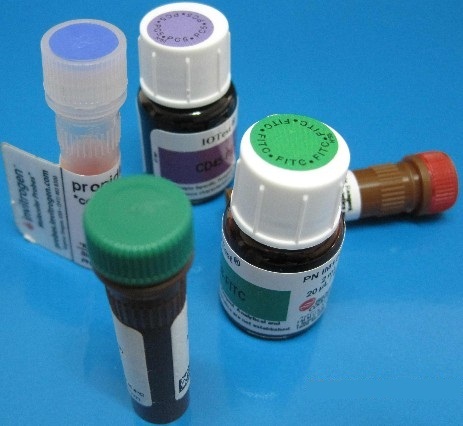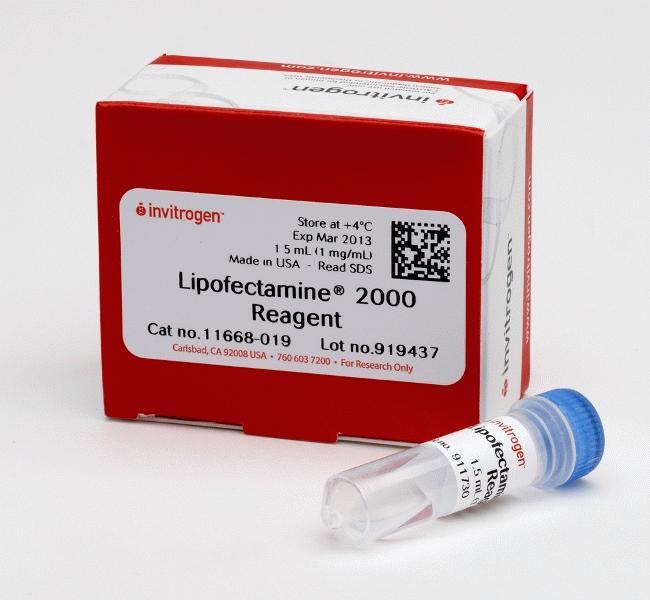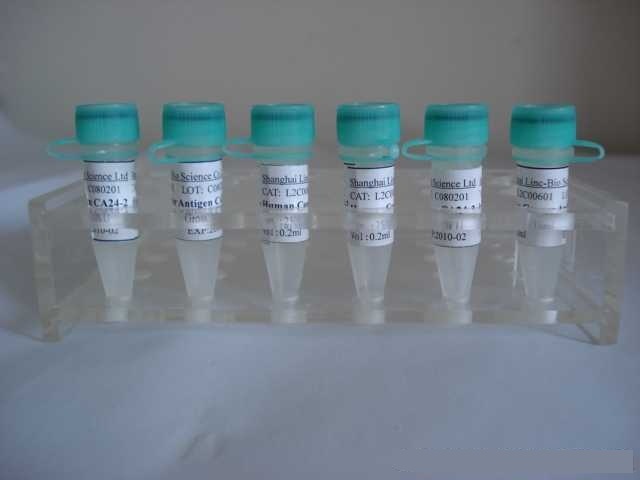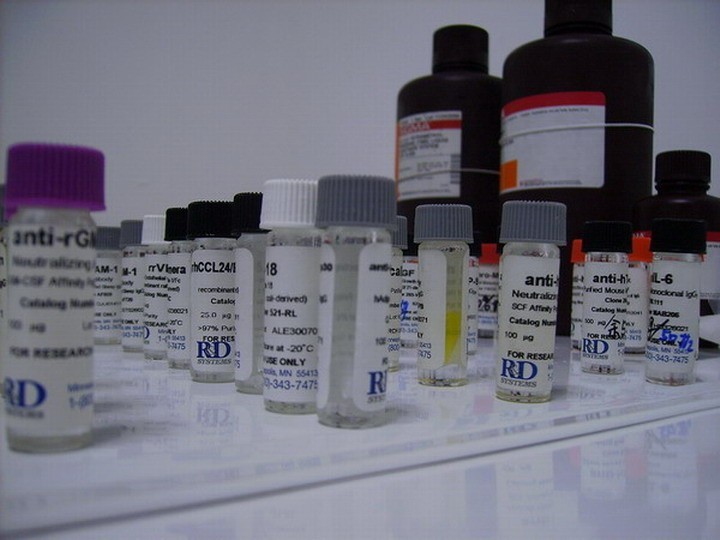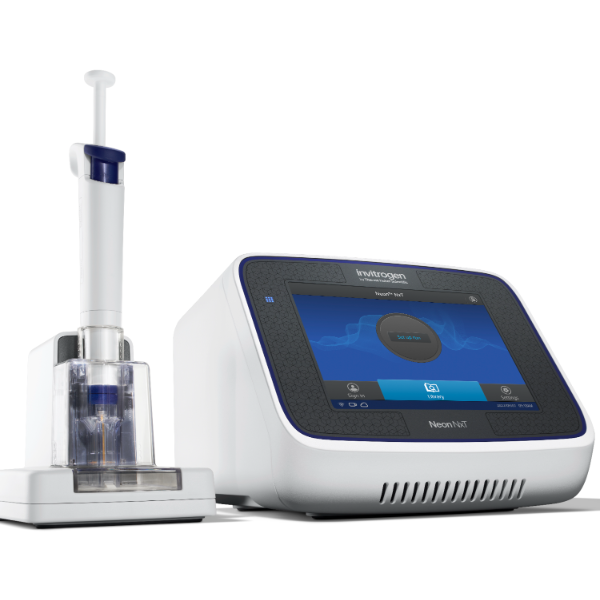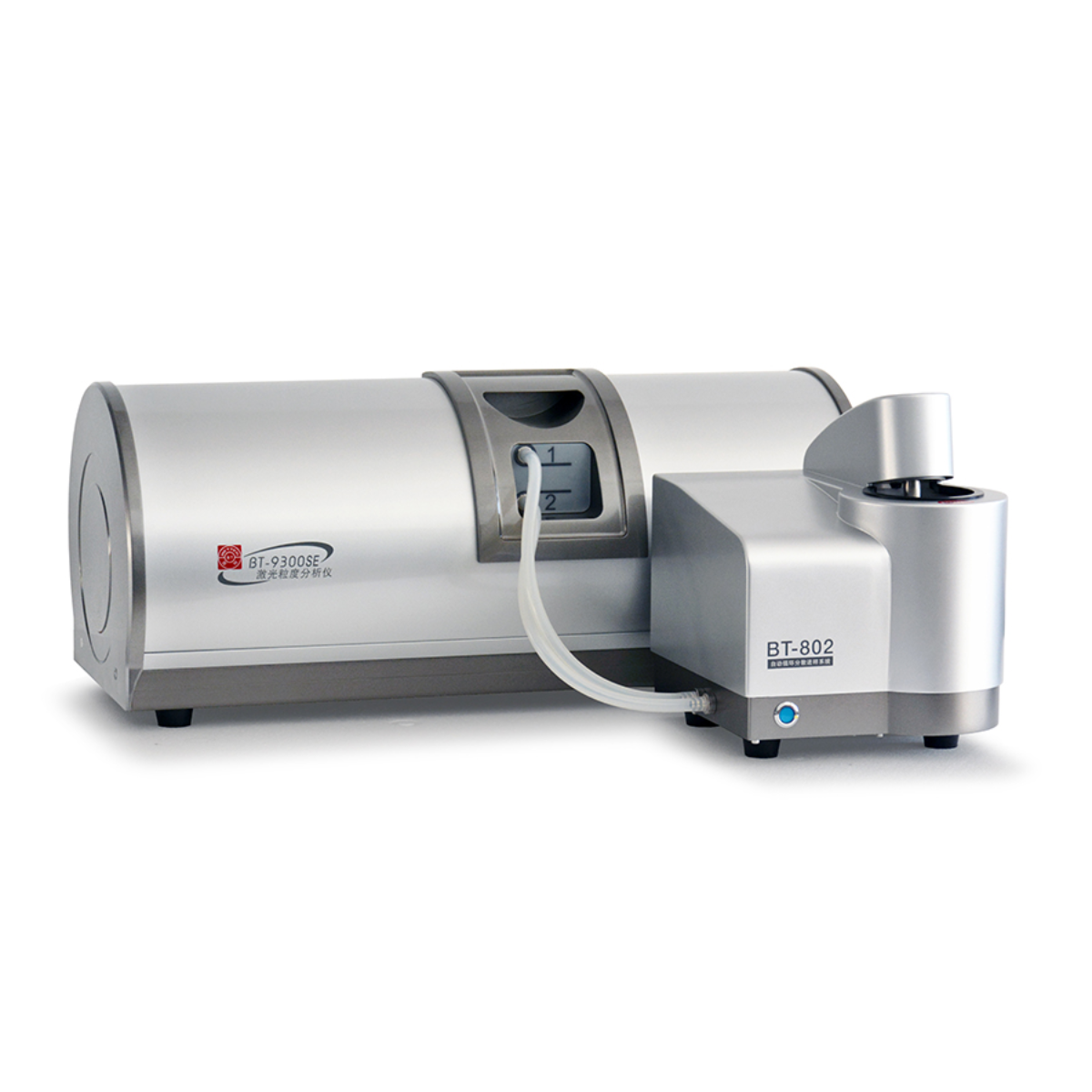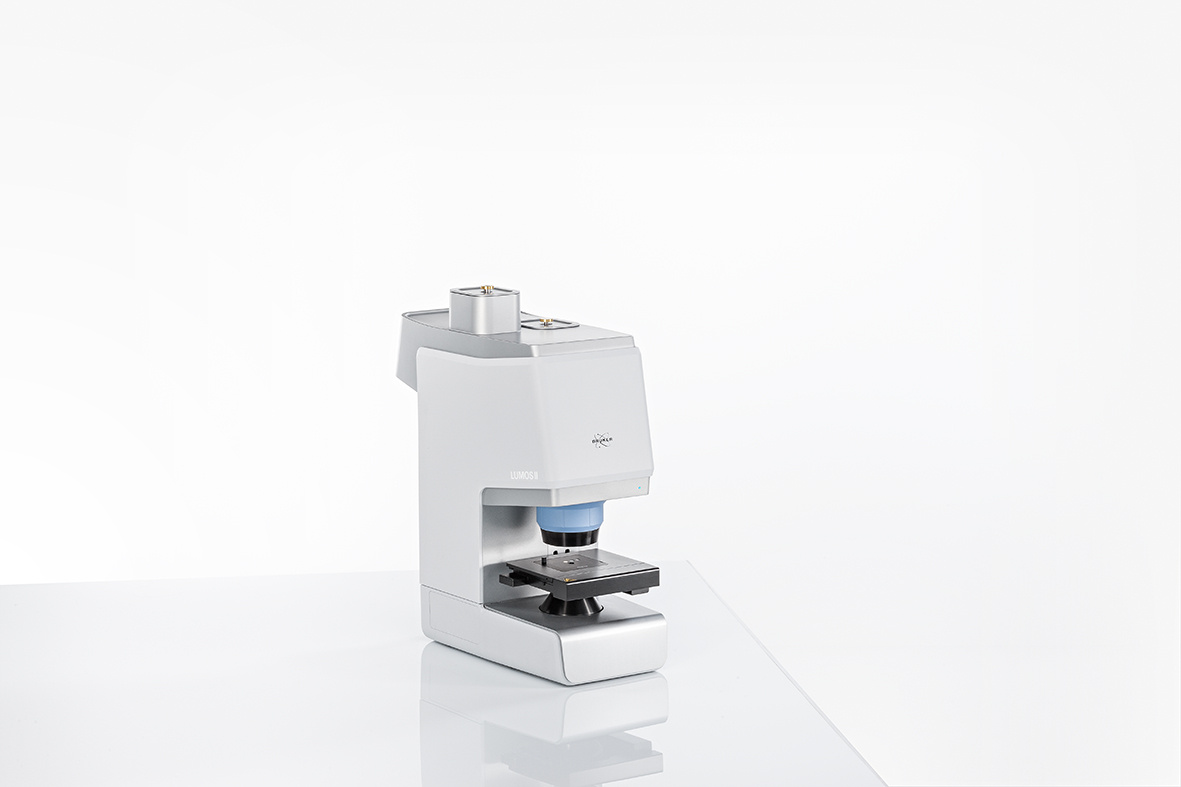英文名称 Anti-Adenovirus 5 E1A
中文名称 腺病毒早期E1A蛋白抗体
别 名 Adenovirus early E1A protein; Control protein E1A; E1A; Early E1A protein; Human adenovirus type 5; Human adenovirus C; pfam02703; E1A_ADE05.
浓 度 1mg/1ml
规 格 0.2ml/200μg
抗体来源 Rabbit
克隆类型 polyclonal
交叉反应 adenovirus5
产品类型 一抗
腺病毒早期E1A蛋白抗体研究领域 免疫学 细菌及病毒
蛋白分子量 predicted molecular weight: 32kDa
性 状 Lyophilized or Liquid
免 疫 原 KLH conjugated synthetic peptide derived from human Adenovirus 5 E1A
亚 型 IgG
纯化方法 affinity purified by Protein A
储 存 液 0.01M PBS, pH 7.4 with 10 mg/ml BSA and 0.1% Sodium azide
产品应用 WB=1:100-500 ELISA=1:500-1000 IP=1:20-100 IHC-P=1:100-500 IHC-F=1:100-500 IF=1:100-500
(石蜡切片需做抗原修复)
not yet tested in other applications.
optimal dilutions/concentrations should be determined by the end user.
保存条件 Store at -20 °C for one year. Avoid repeated freeze/thaw cycles. The lyophilized antibody is stable at room temperature for at least one month and for greater than a year when kept at -20°C. When reconstituted in sterile pH 7.4 0.01M PBS or diluent of antibody the antibody is stable for at least two weeks at 2-4 °C.
Important Note This product as supplied is intended for research use only, not for use in human, therapeutic or diagnostic applications.
腺病毒早期E1A蛋白抗体产品介绍 The early region (E1) of the adenovirus genome, responsible for transforming activity, is localized within the left most 11% of the viral genome and consists of two transcriptional units E1A and E1B. E1A is sufficient for partial transformation and immortalization of primary cells. E1A gene products are necessary for normal levels of transcription of the other early regions of the adenovirus genome during productive infection and are able to either activate or repress the transcription of specific cellular genes. E1A forms specific complexes with cellular proteins including p105 causing inhibition of the cell cycle inducing arresting function of p105.
Function : E1A protein has both transforming and trans-activating activities. Plays a role in viral genome replication by driving entry of quiescent cells into the cell cycle. Disrupts the function of host retinoblastoma protein RB1/pRb and isoform early E1A 26 kDa protein stabilizes TP53, which are key regulators of the cell cycle. Induces the disassembly of the E2F1 transcription factors from RB1 by direct competition for the same binding site on RB1, with subsequent transcriptional activation of E2F1-regulated S-phase genes. Inactivation of the ability of RB1 to arrest the cell cycle is critical for cellular transformation, uncontrolled cellular growth and proliferation induced by viral infection. Stimulation of progression from G1 to S phase allows the virus to efficiently use the cellular DNA replicating machinery to achieve viral genome replication. Interaction with RBX1 and CUL1 inhibits ubiquitination of the proteins targeted by SCF(FBW7) ubiquitin ligase complex, and may be linked to unregulated host cell proliferation. The tumorigenesis-restraining activity of E1A may be related to the disruption of the host CtBP-CtIP complex through the CtBP binding motif.
Subunit : Interacts with host UBE2I; this interaction interferes with polySUMOylation (Probable). Interaction with host RB1 induces the aberrant dissociation of RB1-E2F1 complex thereby disrupting RB1's activity. Interacts with host ATF7; the interaction enhances ATF7-mediated viral transactivation activity which requires the zinc binding domains of both proteins. Isoform early E1A 32 kDa protein and isoform early E1A 26 kDa protein interact (via N-terminus) with CUL1 and E3 ubiquitin ligase RBX1; these interactions inhibit RBX1-CUL1-dependent elongation reaction of ubiquitin chains. Interacts (via N-terminus) with the SCF(FBW7) complex; this interaction results in inhibition of the ubiquitin ligase activity of the SCF(FBW7) complex, ubiquitination of SCF(FBW7) target proteins being diminished. Interacts (via PXLXP motif) with host ZMYND11/BS69 (via MYND-type zinc finger); this interaction inhibits E1A mediated transactivation.
Subcellular Location : Host nucleus (Potential).
Similarity : Belongs to the adenoviridae E1A protein family.
Database links : UniProtKB/Swiss-Prot: P03255.1
![]()



